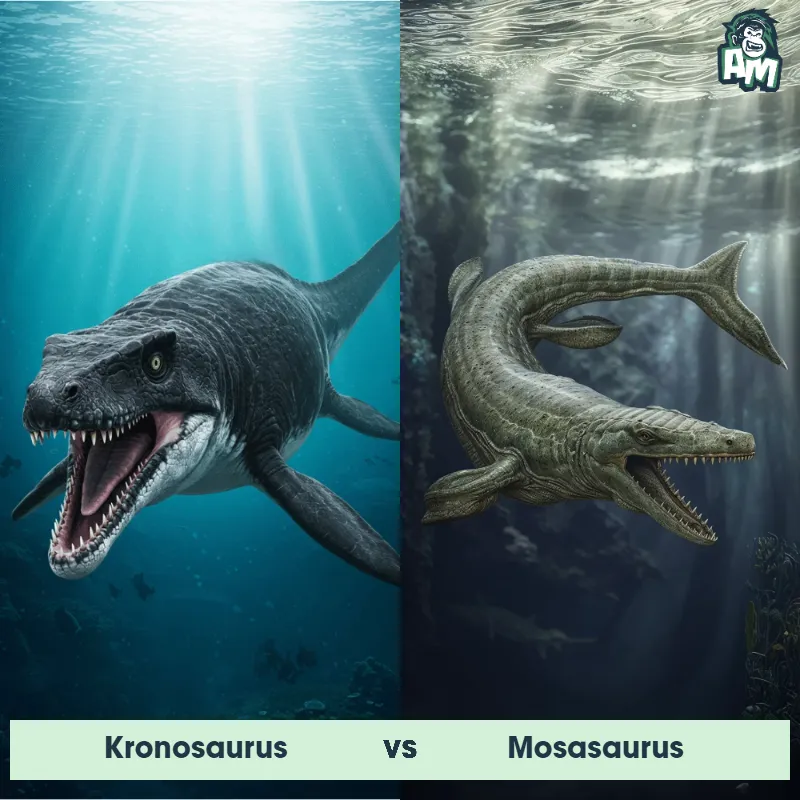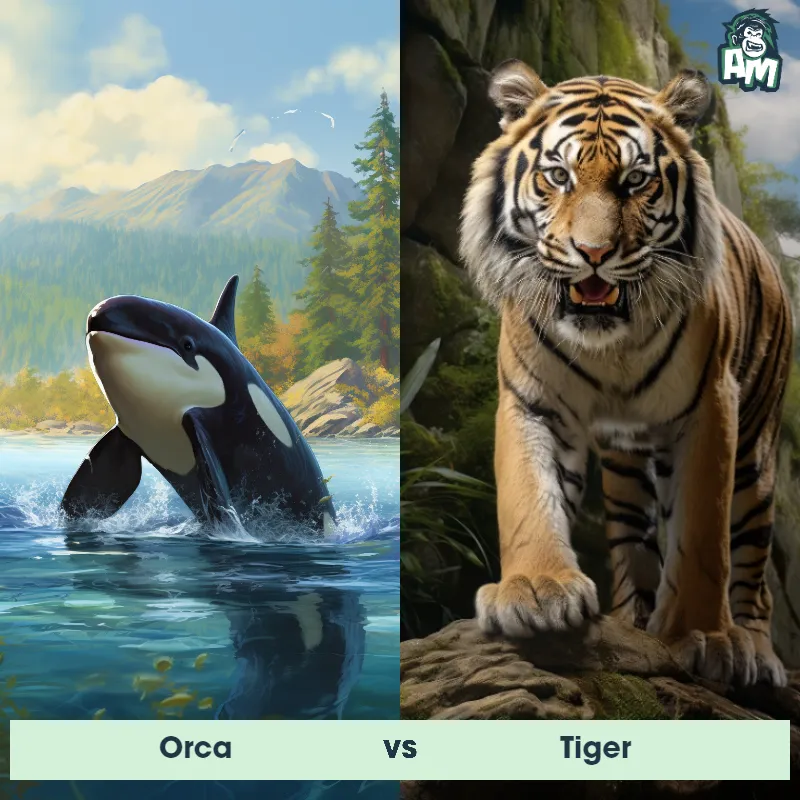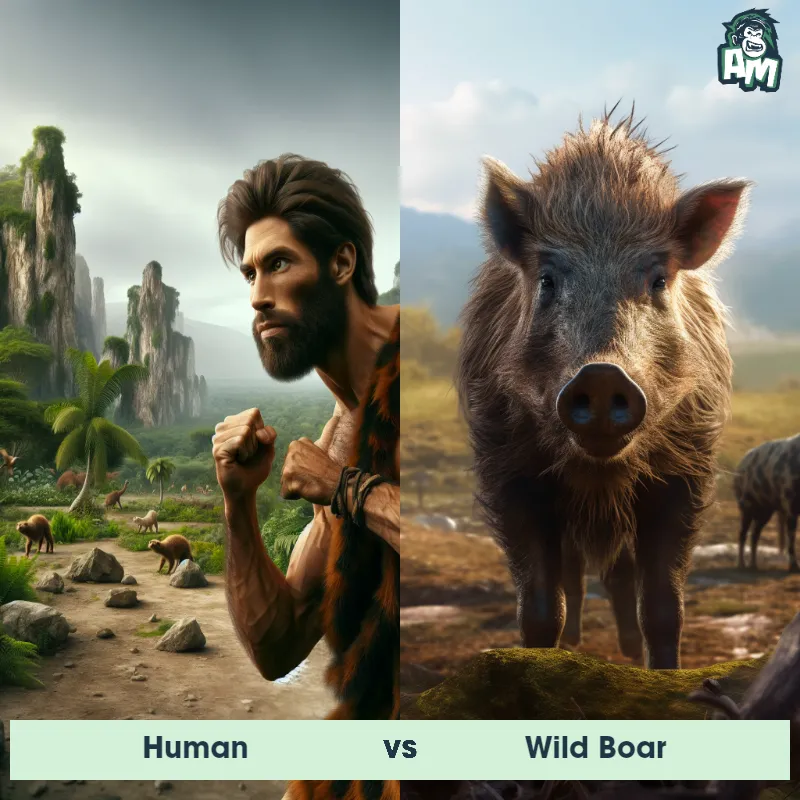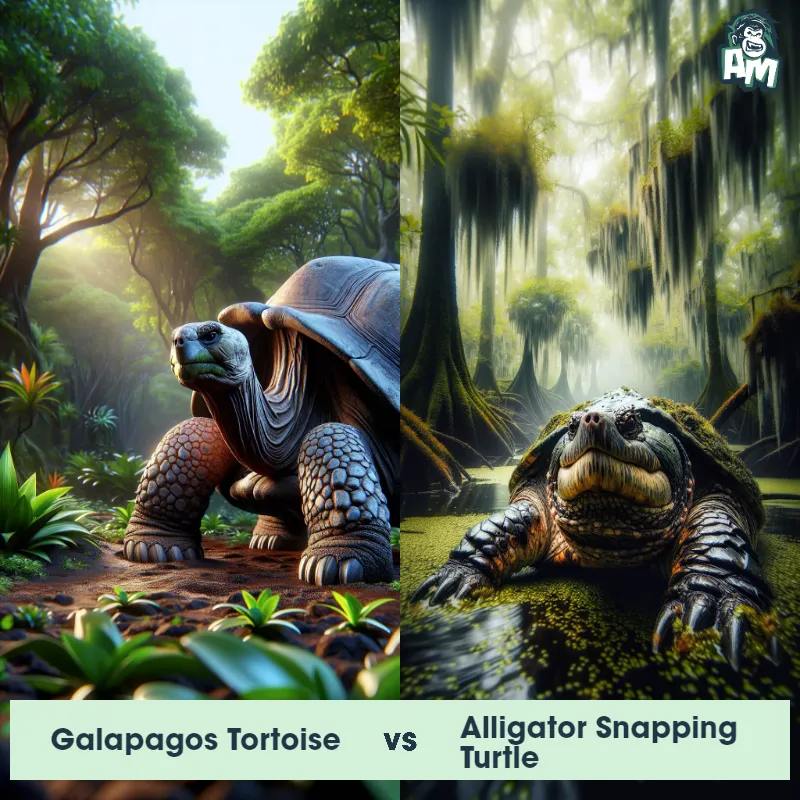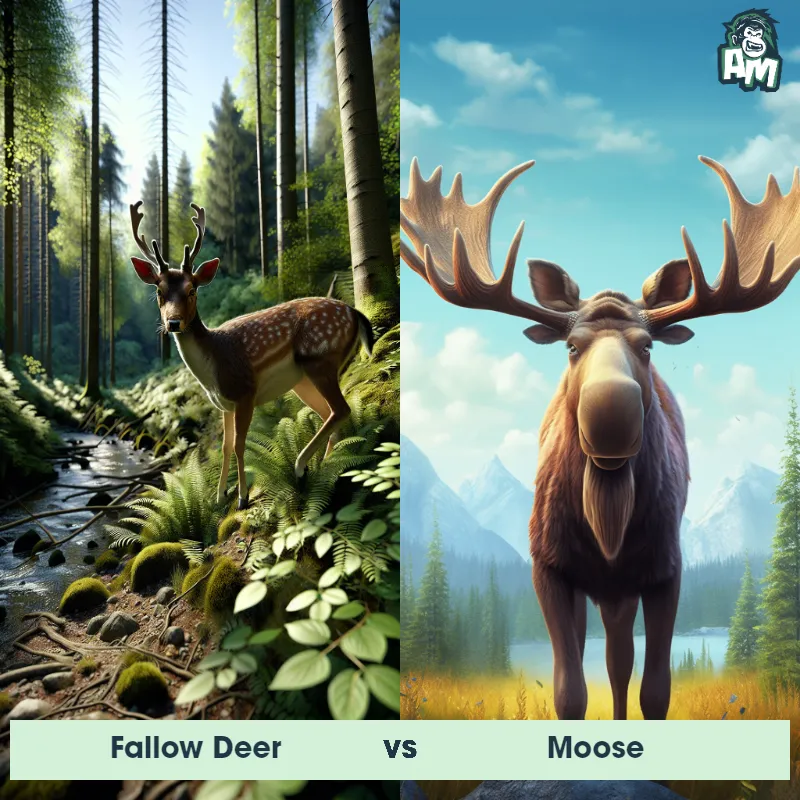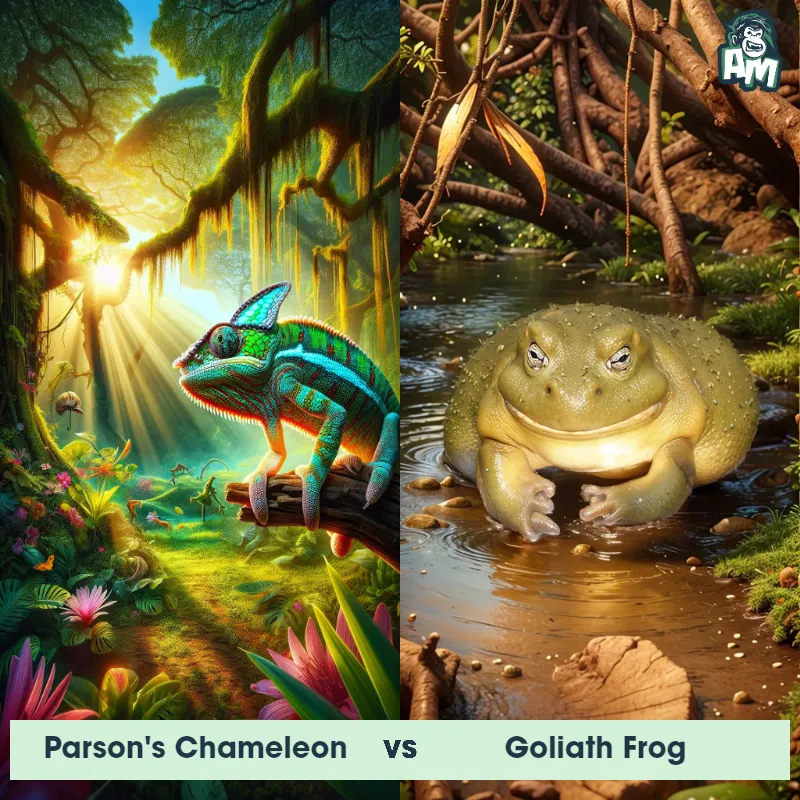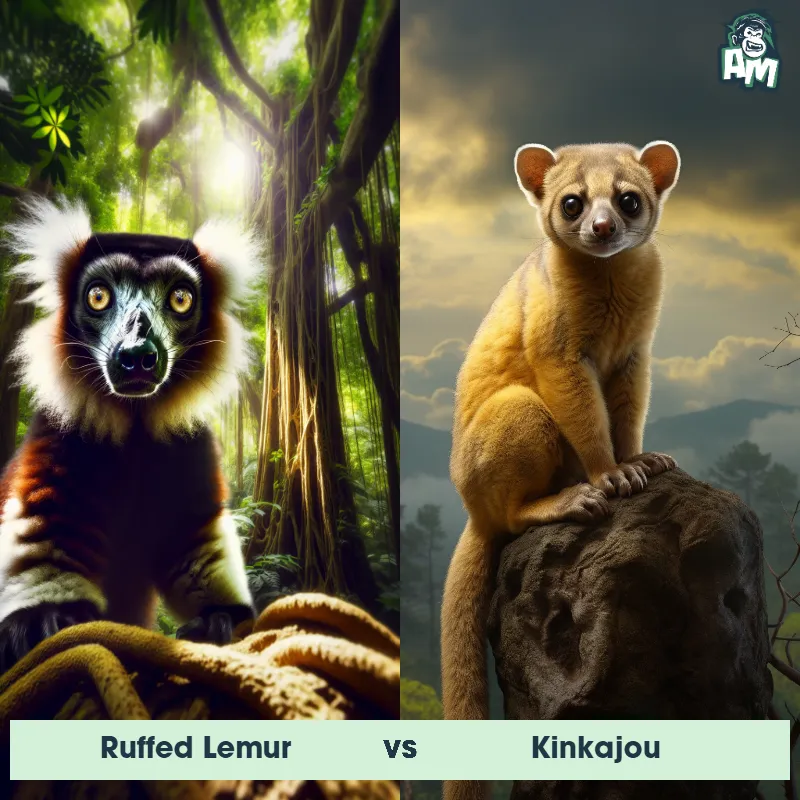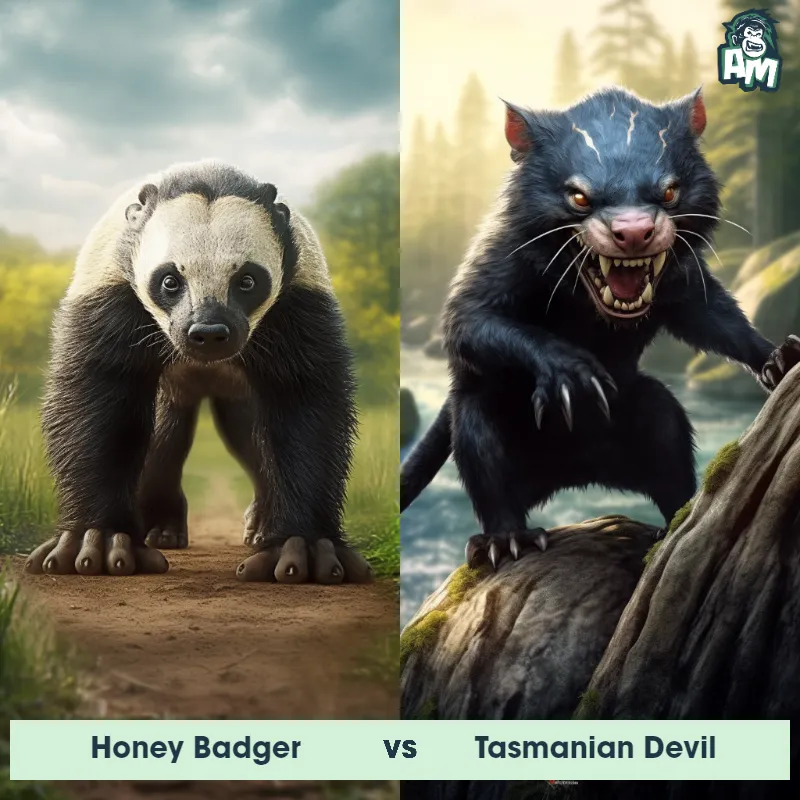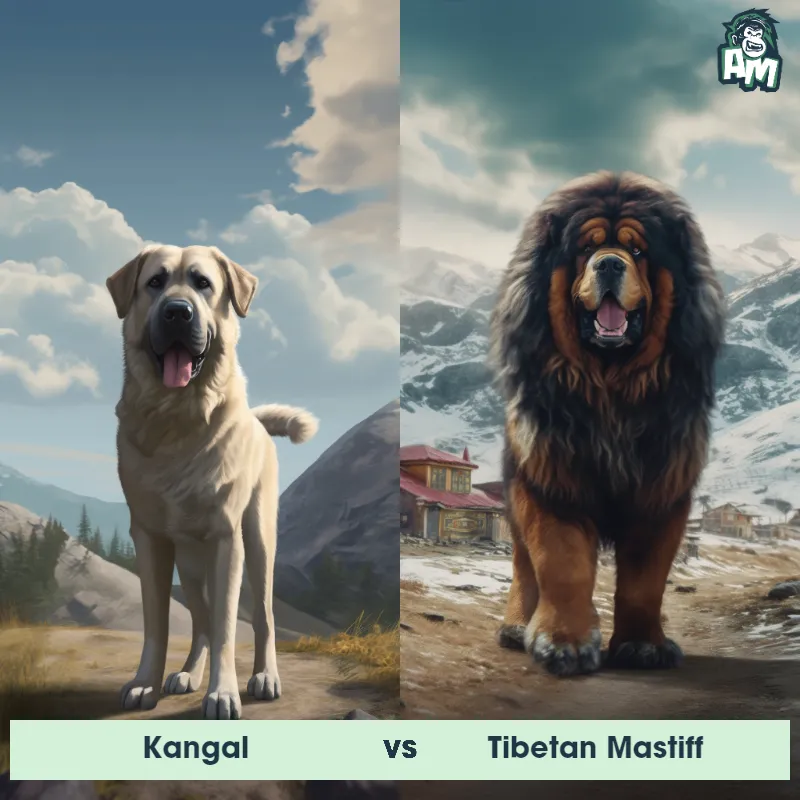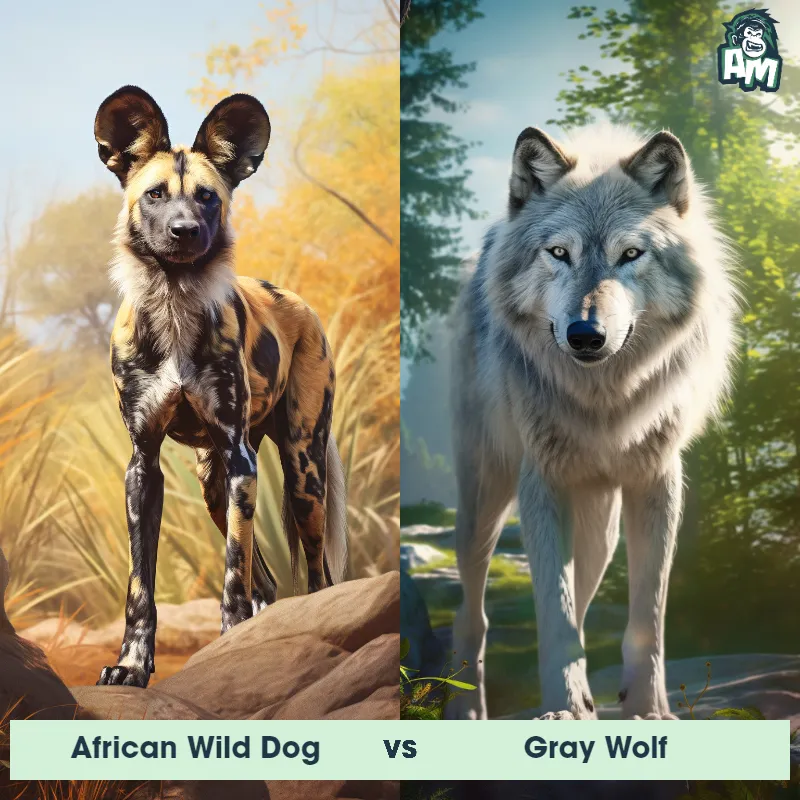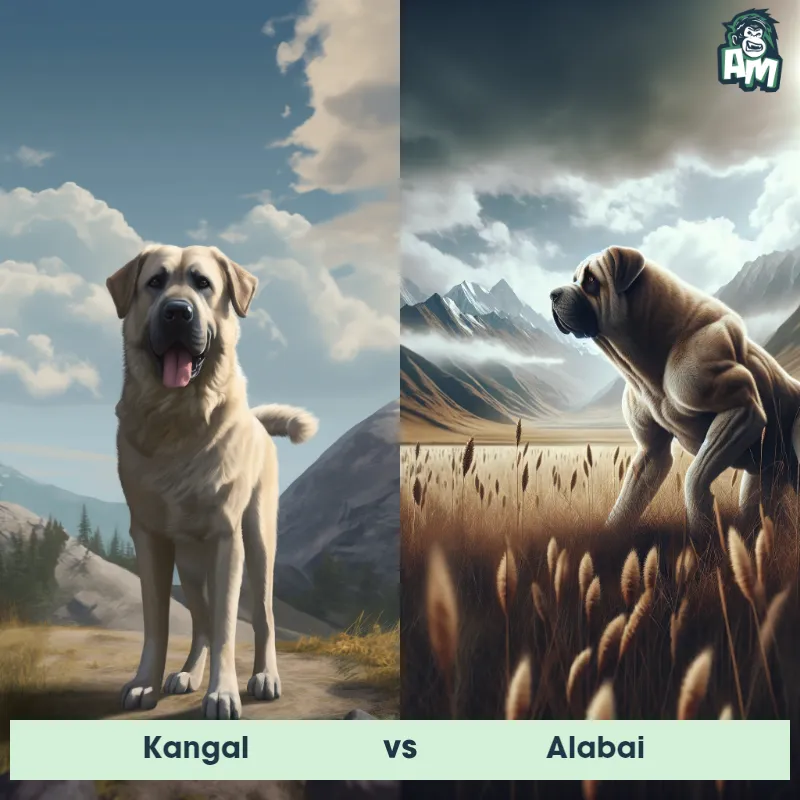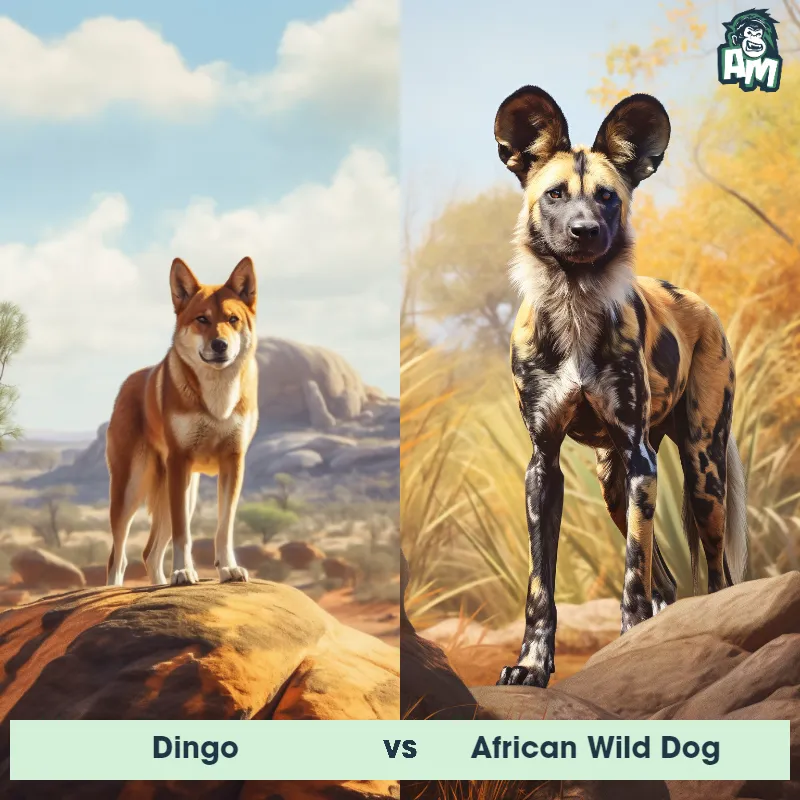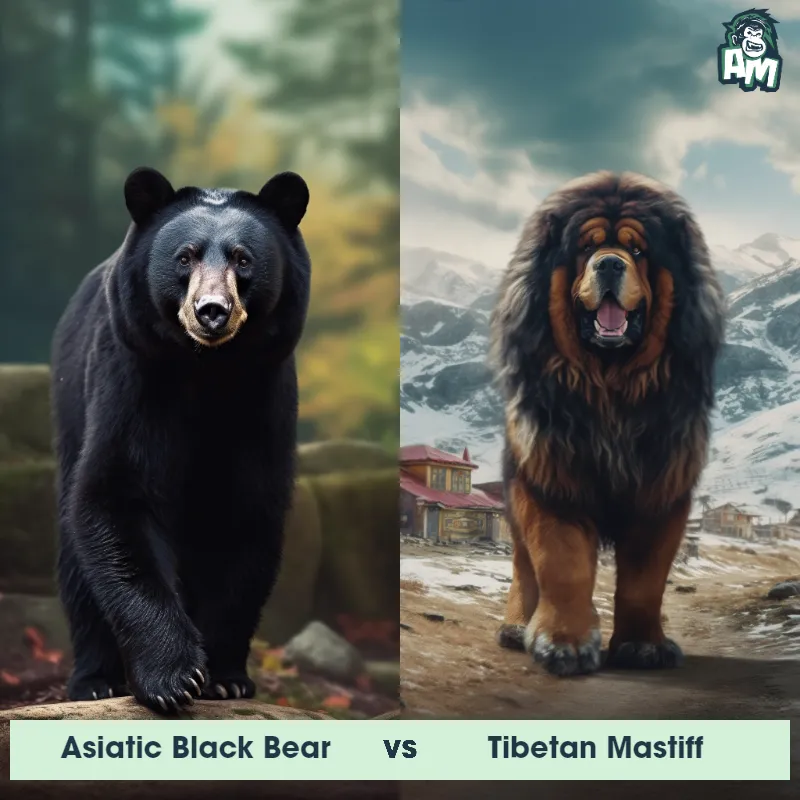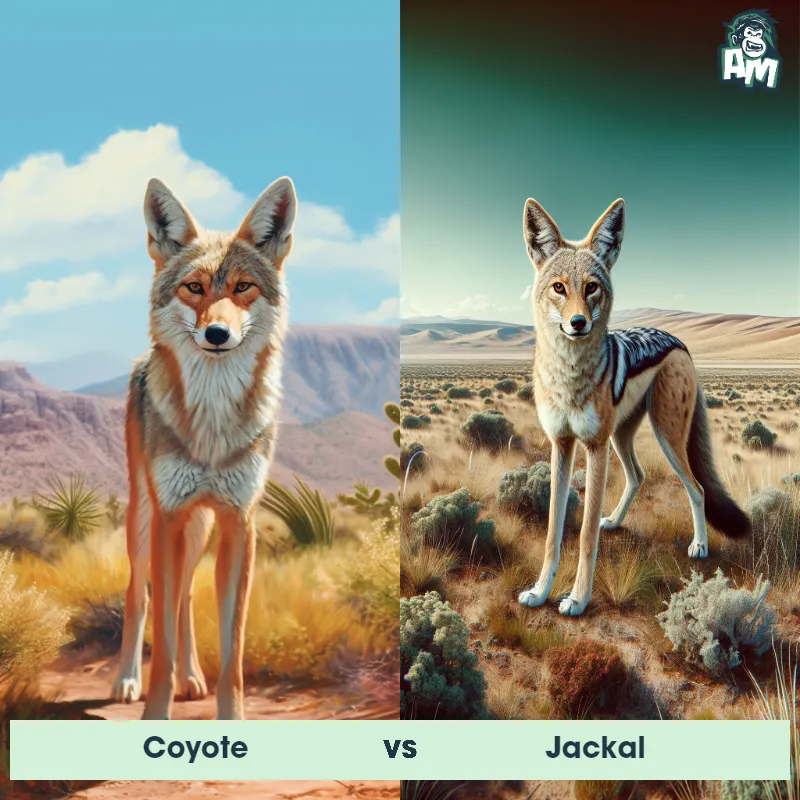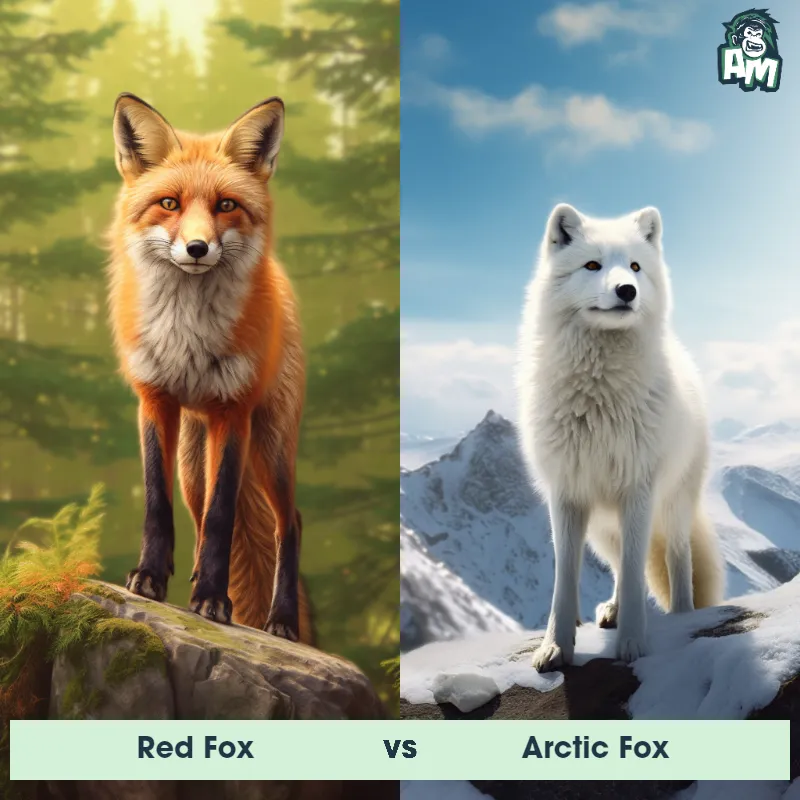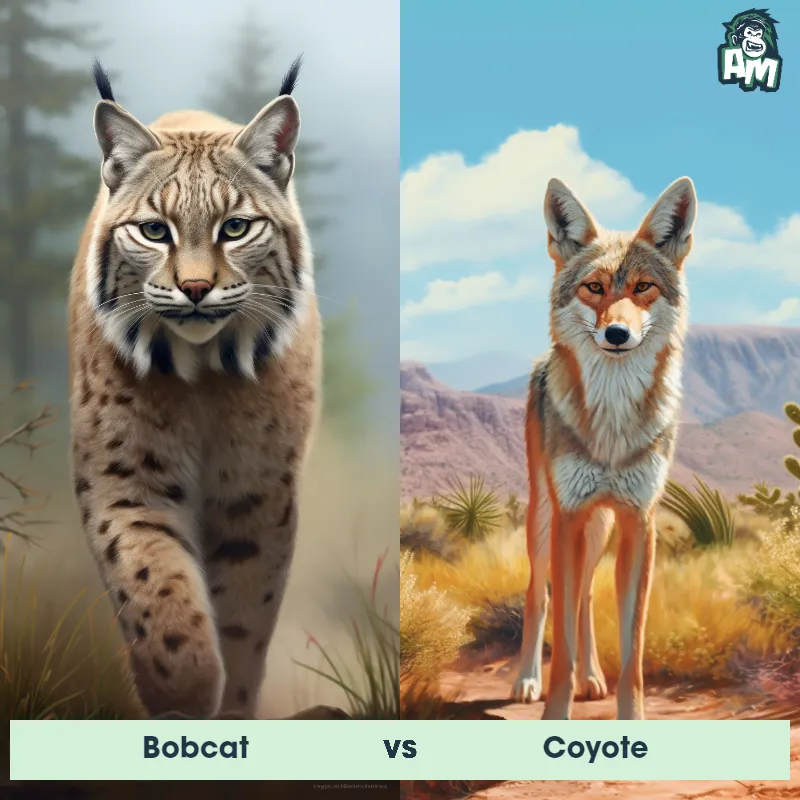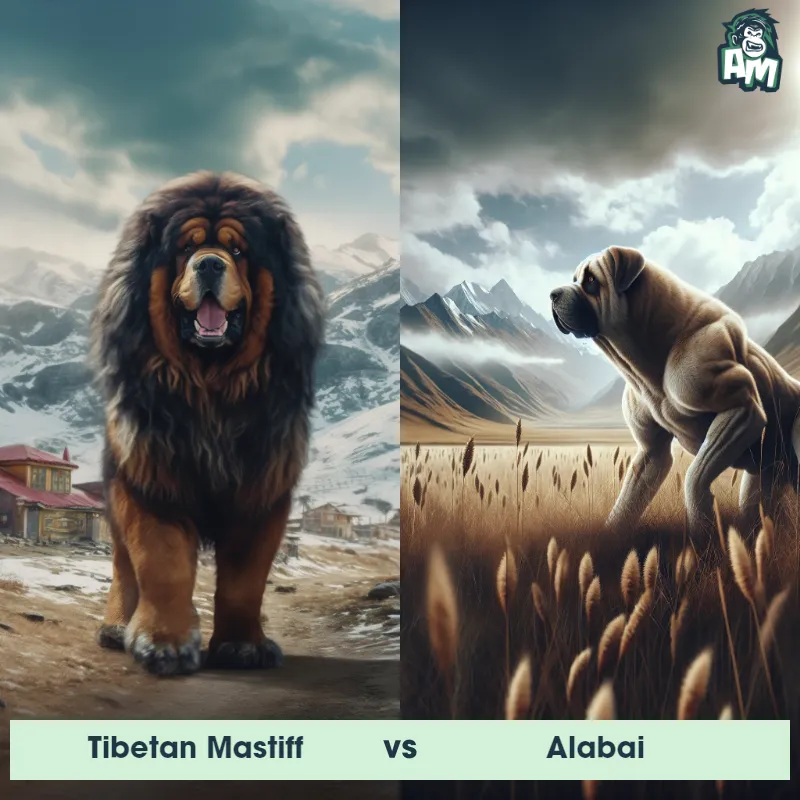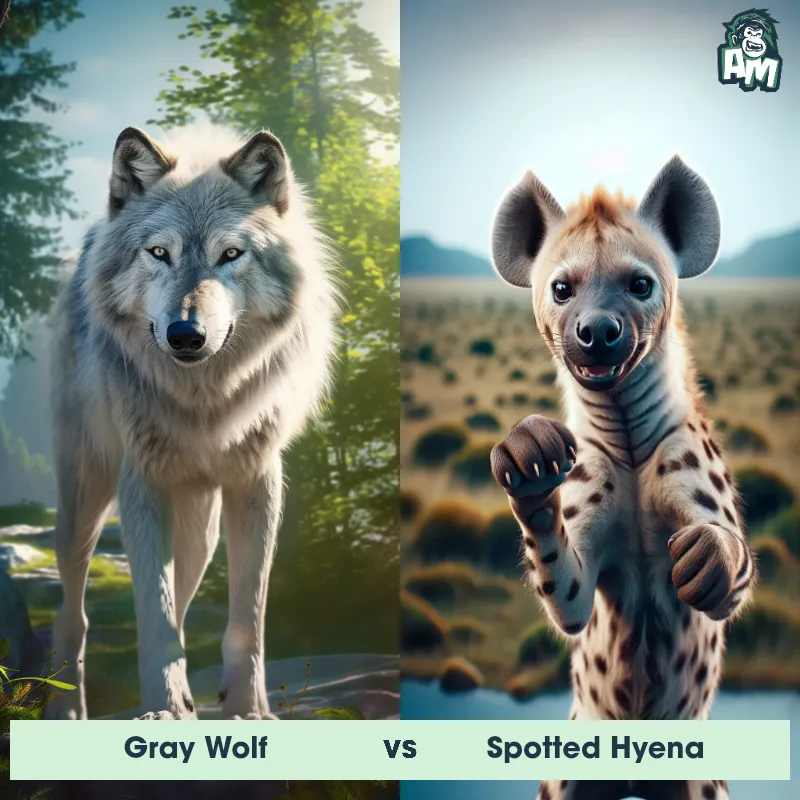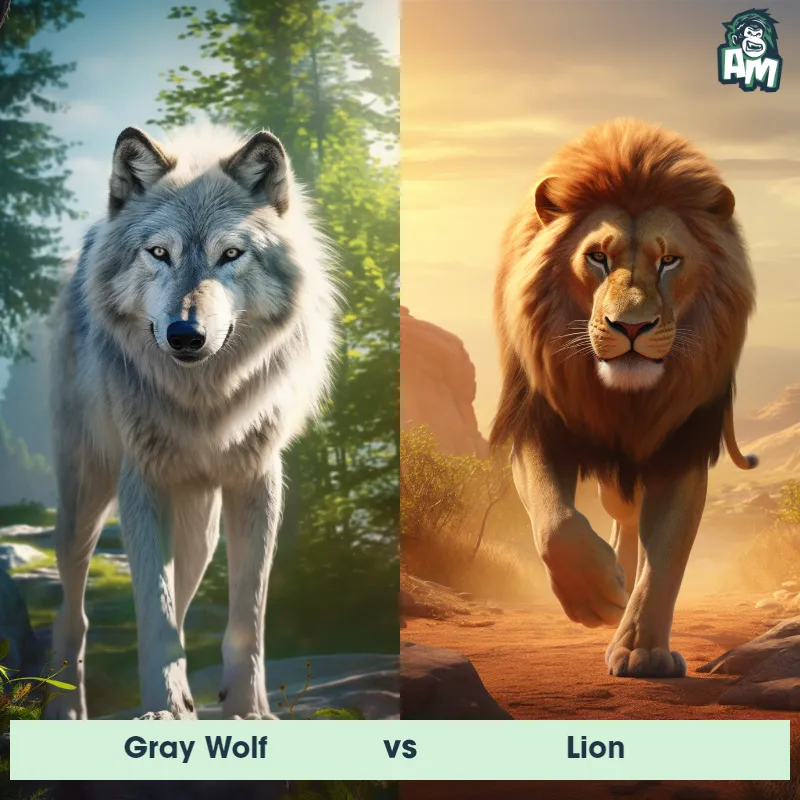Dingo vs Tasmanian DevilSee Who Wins
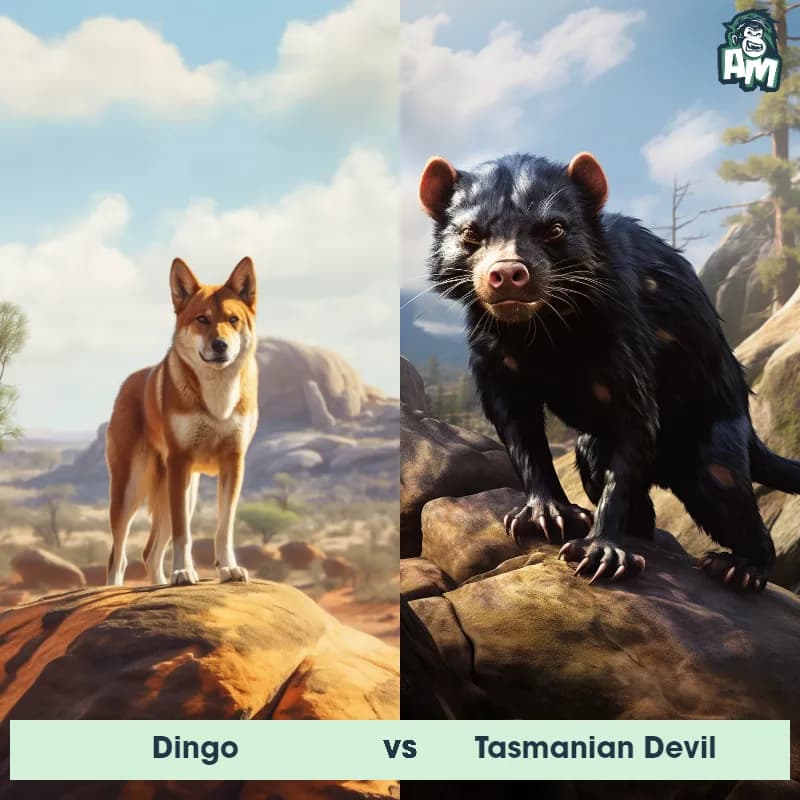
Ladies and gentlemen, welcome to this thrilling face-off between two of the most ferocious creatures from the land down under! On one side, we have the cunning and agile Dingo, known for its sharp instincts and predatory prowess. On the other, the fierce and relentless Tasmanian Devil, a creature with a bite force that's unmatched for its size. Both competitors are here to prove their dominance. Without further ado, let's dive into the action!
Contender 1: Dingo
The Dingo, also known as the Australian Native Dog, is a wild canine that is native to Australia. They have a lean and muscular build, with a short, thick coat that can range in color from sandy yellow to red. Dingoes have a distinctive howl and are known for their intelligence and adaptability, as they can survive in a variety of habitats, from deserts to forests.
Fun Fact: Dingoes are one of the few species of dog that can rotate their heads almost 180 degrees in either direction, allowing them to keep a close eye on their surroundings.
Contender 2: Tasmanian Devil
The Tasmanian Devil is a carnivorous marsupial native to the island of Tasmania, Australia. They have a stocky build, black fur, and a distinctive white stripe on their chest. Tasmanian Devils are known for their powerful jaws and sharp teeth, which they use to crush and consume bones and cartilage. They are also known for their loud, aggressive vocalizations, which earned them their name.
Fun Fact: Tasmanian Devils are known for their unique way of communicating with each other, which involves a range of vocalizations including growls, screeches, and screams that can be heard up to a mile away.
Matchup Stats
| Dingo | Tasmanian Devil | |
|---|---|---|
| Size | 20-24 inches (50-60 cm) at the shoulder | 20-31 inches (50-80 cm) in length |
| Weight | 22-44 pounds (10-20 kg) | 9-26 pounds (4-12 kg) |
| Speed | Speed: 40 mph (60km/hr) | Speed: 8 mph (12.87 km/hr) |
| Key Strength | Speed and agility | Powerful jaws and sharp teeth |
| Biggest Weakness | Lack of endurance | Limited endurance |
Current Votes
Dingo vs Tasmanian Devil
See Who Wins
View More Matches
Looking For More?
Similar Matches
Scientific Stats
| Dingo | Tasmanian Devil | |
|---|---|---|
| Scientific Name | Canis lupus dingo | Sarcophilus harrisii |
| Family | Canidae | Dasyuridae |
| Habitat | Varied, including deserts and forests | Forests, woodlands, and coastal heaths |
| Geography | Australia | Tasmania, Australia |
| Diet | Opportunistic carnivores, eating small mammals, birds, and reptiles | Carnivorous, primarily scavengers but also hunt small prey |
| Lifespan | 5 years - 10 years | 5 years - 6 years |
Key Differences between Dingo and Tasmanian Devil
- Fur Color: Dingoes typically have a variety of coat colors including sandy, ginger, or reddish-brown, while Tasmanian Devils have a predominantly black fur with white markings on their chest and rump.
- Facial Features: Dingoes have a narrow and elongated snout, similar to that of a domestic dog, with pointed ears that stand upright. In contrast, Tasmanian Devils have a wide and robust head, with a strong jaw and short rounded ears.
- Size: The Dingo is generally larger than the Tasmanian Devil, with adult Dingoes weighing between 22 to 33 pounds, while adult Tasmanian Devils weigh around 9 to 26 pounds.
- Body Shape: Dingoes have a lean and athletic body shape, resembling that of a medium-sized dog, while Tasmanian Devils have a stocky and muscular build, with a large head and short legs.
- Tail: Dingoes have a long and bushy tail, often held horizontally or slightly curved upwards, whereas Tasmanian Devils have a shorter and thicker tail, which is typically held low and straight.
- Teeth: Dingoes possess sharp and prominent canine teeth, adapted for hunting and tearing prey, while Tasmanian Devils have powerful jaws with a large number of strong molars, which aid in crushing bones and devouring carrion.




